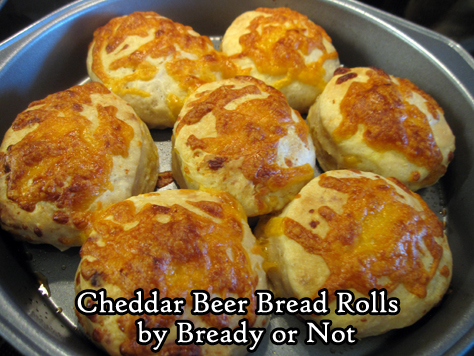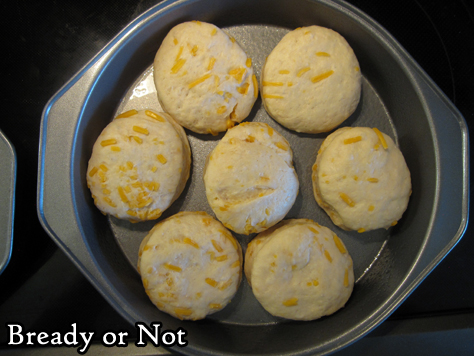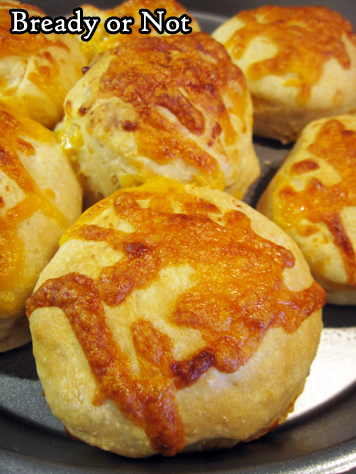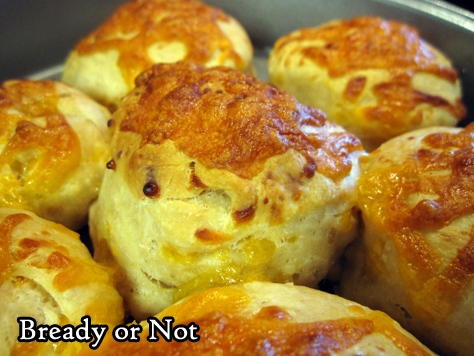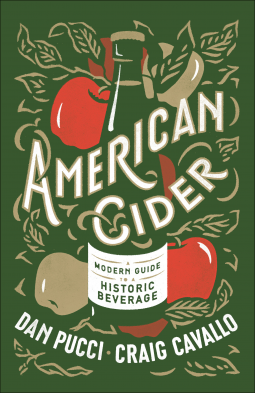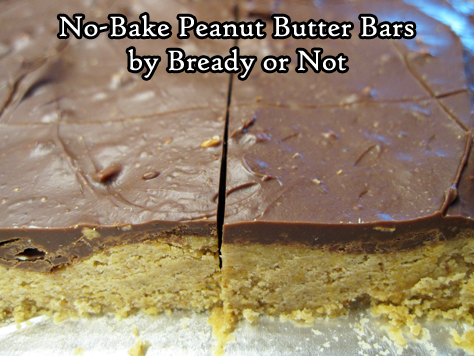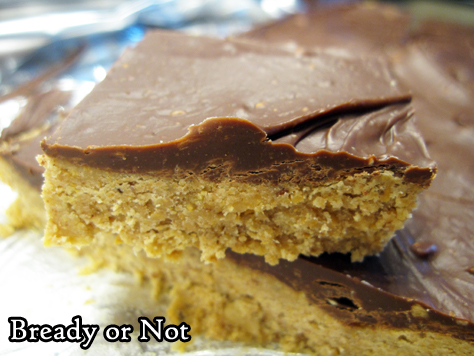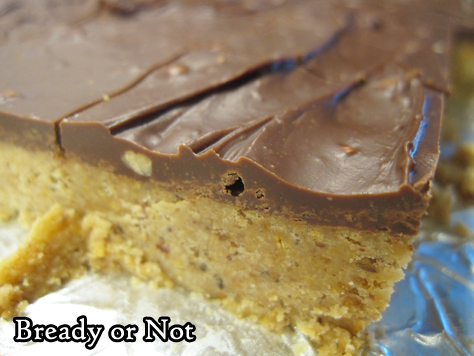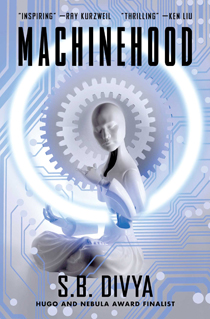Bready or Not: Cheddar Beer Bread Rolls
These Cheddar Beer Bread Rolls taste as good as they look. Seriously.
When the pandemic sent everything topsy-turvy in spring 2020, my husband ended up working from home more often. That meant I needed to feed him more often.
So, like so many people, I started baking more bread. These rolls were among the first of my experiments, and they were a major hit.
The original recipe from New York Times Cooking made a huge batch of rolls. I needed enough rolls to feed one guy, with a extras frozen for later.
I rewrote the recipe to delicious results. I used a Guilt Lifter beer to make these, which lent a refreshing hoppy flavor. A heavier and darker beer will create heavier and darker flavor. Try different beers to suit your tastes and match your meal.
Bready or Not: Cheddar Beer Bread Rolls
Equipment
- 2 8-or 9-inch cake pans
- 2.5-inch round cutter
- plastic wrap
- basting brush
Ingredients
- 2 Tablespoons unsalted butter divided
- 3 cups all-purpose flour or bread flour
- 1/2 Tablespoons instant yeast
- 1 teaspoon coarse kosher salt
- 2 Tablespoons honey
- 1 cup beer room temperature
- 1 cup shredded cheese 120 grams
Instructions
- Divide the two tablespoons of butter in half, separating them to soften at room temperature.
- In a stand mixer with a bread hook attachment, stir together the flour, yeast, and salt. Follow up with 1 tablespoon of softened butter, honey, and beer. Mix on low speed for 4 minutes, scraping the bowl as needed. Increase the speed to medium for another 2 minutes, pulling the dough from the hook a few times. Add about half the cheese, reserving the rest to go on top later. Mix the cheese until it's distributed through the dough.
- Lightly grease a large bowl. Transfer the dough there and cover with plastic wrap or a towel to let it rise until it's about doubled in size, about an hour.
- Grease the two cake pans. Prepare a lightly floured surface and tip the dough onto it. Pat the dough out into a thick, even layer. Use the cutter to slice out rolls. Place them not quite touching in the pans. Reform scraps as much as possible to shape into more rolls. The rolls likely won't quite fill both pans.
- Cover pans with plastic wrap and set in a warm place to rise again for 35 to 45 minutes. They may not increase a lot in size, but they should look puffy.
- Preheat oven at 400-degrees.
- Pull out remaining pat of butter and cheese. Brush the soft butter over the rolls, and follow up with a sprinkling of cheese. Try to keep the cheese from touching the edge of the pan, where it could burn.
- Place both pans in the oven and bake until the rolls are browned and cheese is melted, 15 to 20 minutes. A digital thermometer in a center roll should read 190-degrees at minimum.
- Let cool for at least 10 minutes before (carefully) pulling apart and serving.
- Rolls can keep in a sealed bag at room temperature for up to 2 days. They can also be frozen and thawed for later enjoyment. They taste best hot. For best results, wrap them in foil and bake at 400 for about 10 minutes to warm them through.
OM NOM NOM!
Book Blog: American Cider: A Modern Guide to a Historic Beverage by Dan Pucci & Craig Cavallo
I review everything I read and post reviews on Goodreads and LibraryThing. That’s not enough. Good books are meant to be shared. Therefore, I’m spotlighting some of my favorite reads here on my site.
American Cider: A Modern Guide to a Historic Beverage by Dan Pucci & Craig Cavallo
out now in print and ebook; BookShop, B&N, and Amazon [affiliate link]
I received an advance copy of this book via NetGalley.
American Cider sets about–and succeeds–with two major goals. First of all, it essentially lays out American history, region by region, by following the progression of apple trees, and by extension, the brewing of cider. It doesn’t ignore the fact that this is also a story of colonialism. White settlers brought their seeds and scions, and the planting of apple trees was among the first things done when establishing households in what was once Native American land. Likewise, when tribes were forced from their homelands and onto reservations, the destruction of their buildings and apple trees was included in that effort. Props to the authors for being up-front about that aspect of apples–that honesty ads a lot to the book, and prevents it from feeling like a lengthy propaganda piece on the awesomeness of apples…
…Though let us not deny, apples are indeed awesome. The authors’ passion and knowledge of their subject matter also comes through, loud and clear. This isn’t a book for the person vaguely-interested in apples and cider, though it is an engaging read all the way through. This is a book for the foodies, for the people who really love cider and wants to understand it more, and those who are interested in starting their own cidery.
On that note, the book’s second major emphasis in in describing and exploring up-and-coming cideries across the country. Wow, did these sections make me want to go on a road trip and try everything that was out there. The information is pretty detailed. They lay out the geography and climate and how that impacts apples, what has been grown in the past, what grows now, and various other details about varying business operations. It definitely inspired me to buy cider at Trader Joe’s this week when I recognized a name from this book.
I highly recommend this book for anyone who enjoys American cider and wants to understand the history, present, and future trajectory of the beverage. (As for me, I hope that trajectory means it is pouring straight down my gullet.)
Read MoreBready or Not Original: No-Bake Peanut Butter Bars
When you need a dessert in a hurry, these delicious No-Bake Peanut Butter Bars are the way to go.
I especially enjoy this recipe because it doesn’t involve the oven, which is a wonderful thing during Arizona summers.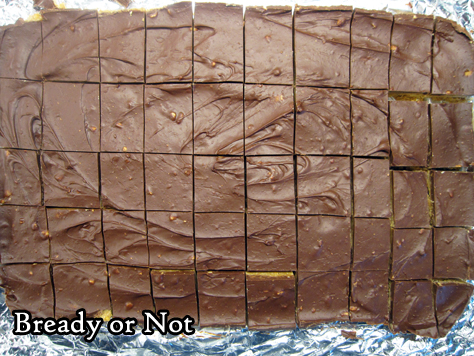
These bars come together in minutes thanks to a microwave, and they only need a few hours to set. You end up with an entire casserole dish of candy bars. Yum.
Use crunchy or creamy peanut butter. I used a jar from Trader Joe’s that had flaxseeds mixed in, and my son didn’t like it. This recipe gave me a way to use it up by sending the result with my husband to work!
This would be an easy recipe to dress up, too. Add sprinkles, nuts, or cacao nibs atop the chocolate. Have fun with it!
Bready or Not Original: No-Bake Peanut Butter Bars
Equipment
- 13x9 pan
- large microwave-safe bowl
- uneven spatula
Ingredients
Bars
- 2 cups peanut butter crunchy or smooth
- 1 cup unsalted butter 2 sticks
- 2 cups graham cracker crumbs
- 2 cups confectioners' sugar
Ganache
- 1 1/2 cups chocolate chips semisweet, dark, milk, or a mix
- 1/4 cup peanut butter crunchy or smooth
Instructions
- Line a 13x9 pan with foil and apply nonstick spray or butter.
- In a large microwave-safe bowl, melt together the peanut butter and butter by zapping in short increments and stirring well between each pass. Once they mix together, stir in the graham cracker crumbs and confectioners' sugar. Spread the mixture into the prepared pan. Use a hands or maybe a piece of waxed paper and a heavy glass to compress the layer as much as possible.
- Use the same microwave-safe bowl to bowl for the chocolate chips and peanut butter, again zapping in brief increments and stirring well between each burst. Once they can mix together smoothly, dump dollops atop the layer in the pan. Use an uneven spatula to even out the chocolate to the edges.
- Chill in the fridge for at least 2 hours.
- Use the foil to lift the contents onto a cutting board. Let sit for about 10 minutes, enough time to soften the chocolate so that it doesn't shatter when sliced. Use a long knife or sharp bench knife to cut bars. If desired, cut off edges first to produce neater pieces to share.
- Store bars in a sealed container in the fridge with waxed paper between the layers. Keeps for days.
OM NOM NOM!
Book Blog: Machinehood by S.B. Divya
I review everything I read and post reviews on Goodreads and LibraryThing. That’s not enough. Good books are meant to be shared. Therefore, I’m spotlighting some of my favorite reads here on my site.
Machinehood by S.B. Divya
out now in print and ebook; BookShop, B&N, and Amazon [affiliate link]
From the Hugo Award nominee S.B. Divya, Zero Dark Thirty meets The Social Network in this science fiction thriller about artificial intelligence, sentience, and labor rights in a near future dominated by the gig economy.
Welga Ramirez, executive bodyguard and ex-special forces, is about to retire early when her client is killed in front of her. It’s 2095 and people don’t usually die from violence. Humanity is entirely dependent on pills that not only help them stay alive, but allow them to compete with artificial intelligence in an increasingly competitive gig economy. Daily doses protect against designer diseases, flow enhances focus, zips and buffs enhance physical strength and speed, and juvers speed the healing process.
All that changes when Welga’s client is killed by The Machinehood, a new and mysterious terrorist group that has simultaneously attacked several major pill funders. The Machinehood operatives seem to be part human, part machine, something the world has never seen. They issue an ultimatum: stop all pill production in one week.
Global panic ensues as pill production slows and many become ill. Thousands destroy their bots in fear of a strong AI takeover. But the US government believes the Machinehood is a cover for an old enemy. One that Welga is uniquely qualified to fight.
Welga, determined to take down the Machinehood, is pulled back into intelligence work by the government that betrayed her. But who are the Machinehood and what do they really want?
A thrilling and thought-provoking novel that asks: if we won’t see machines as human, will we instead see humans as machines?
I received an advanced copy of this book via Netgalley.
The year 2021 has just started, but I already know this is one of the best new science fiction books I will read this year. It’s that good. Divya has created an utterly immersive future that is plausible and spooky all at once.
Welcome to a future Earth where designer drugs help people work and think faster in order to keep them competitive with advanced machines. Everyone has personal drone clouds that broadcast their activities to the world, with strangers casting money into their tip jar for deeds done well. Welga is a tough woman working in higher echelons of security when a client is killed by a new terrorist group. The Machinehood is demanding rights for bots–or else they’ll shut down the pill trade and tech networks, essentially ending modern civilization. Welga tries to find out who and what the Machinehood really is, even as her own health begins to shatter. This is a read that ponders some very deep philosophical questions: what is a machine? what is sentient life?
Some scifi books with advanced tech this deep are so full of jargon they lose me within the first chapter. This book didn’t. Divya builds details at the right pace. This isn’t a book just about hard scifi, though. It’s packed with genuine heart. Every character feels complex and realistic, as does the incredible diversity of ethnicities, religions, and genders. With the stakes so high and the plot so deep, I wondered if everything could pull together in the end–it did. The ending is satisfying and strong, and left me a little sad that it was all done.
Truly a stellar work, and the first one to go on my novel award nominee list for 2021.
Read More



